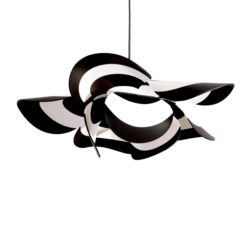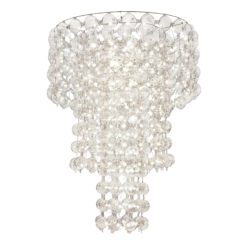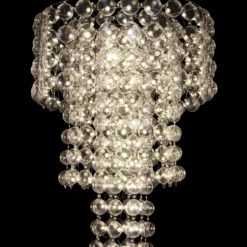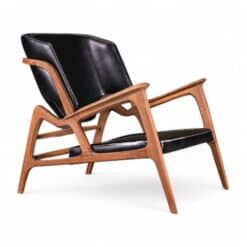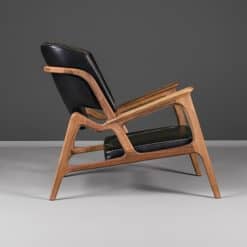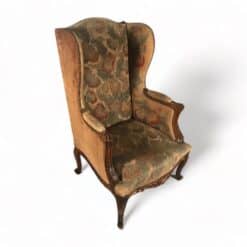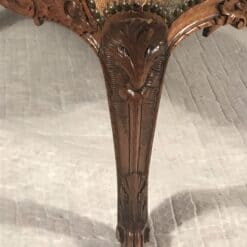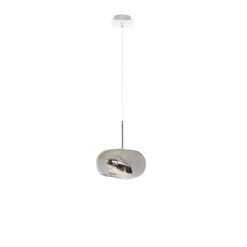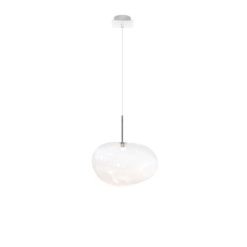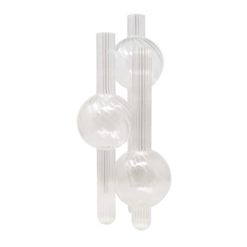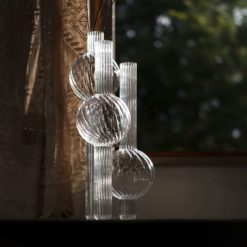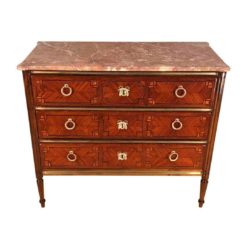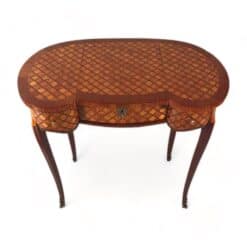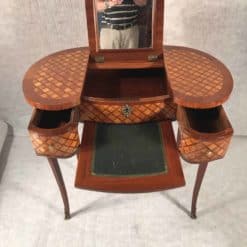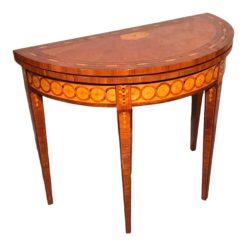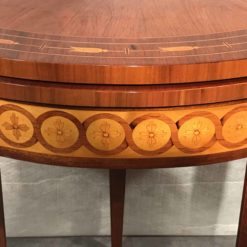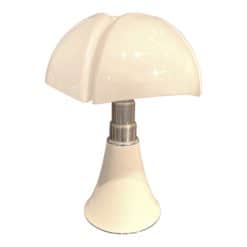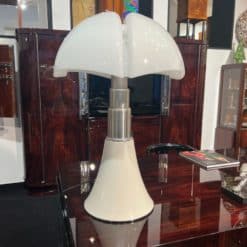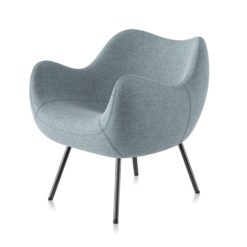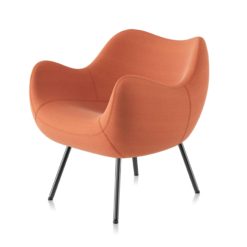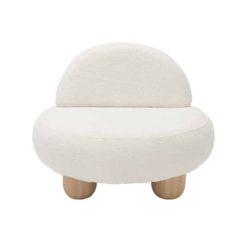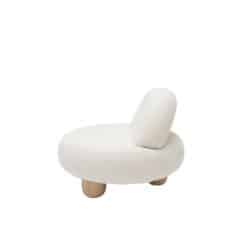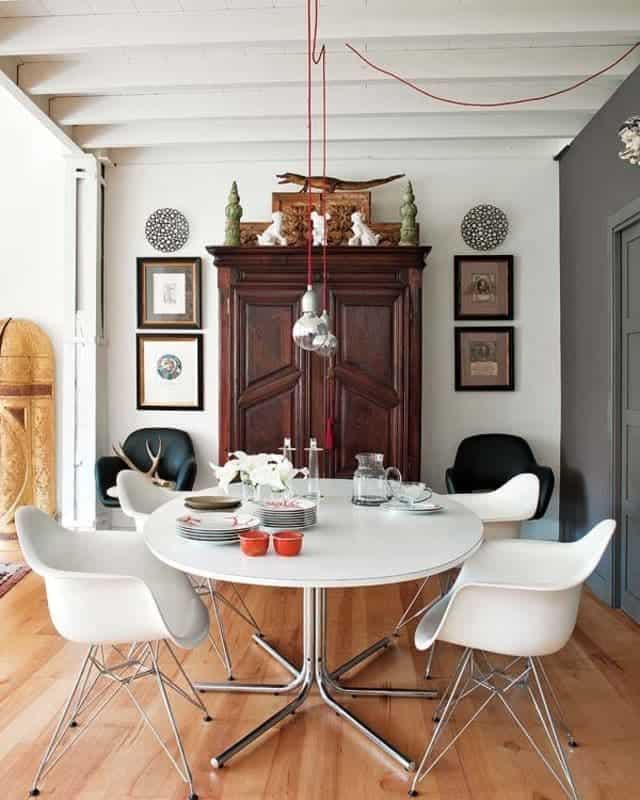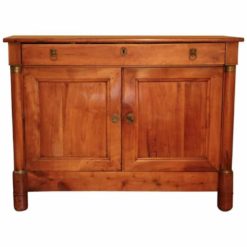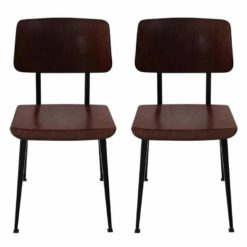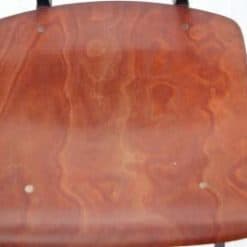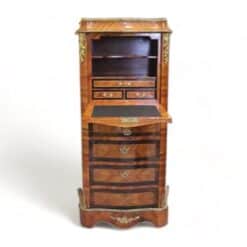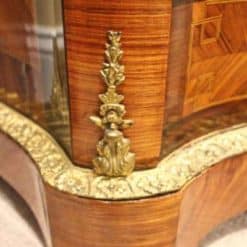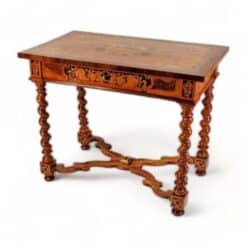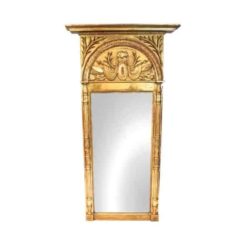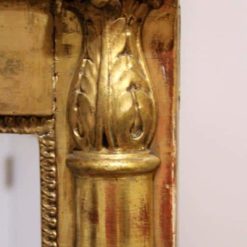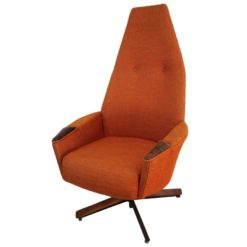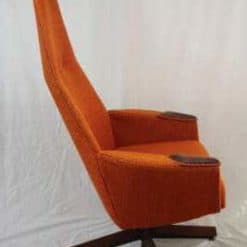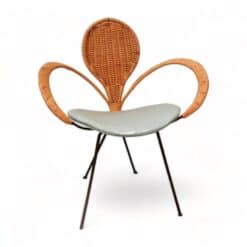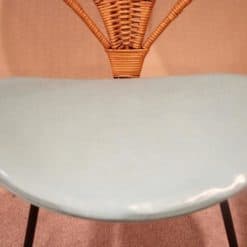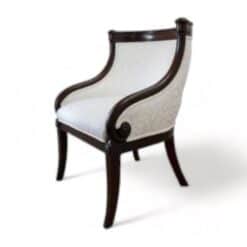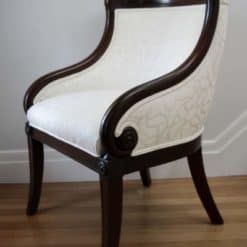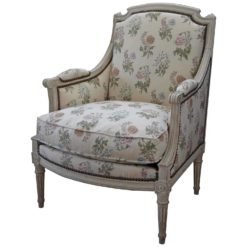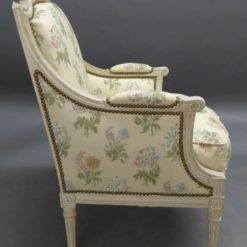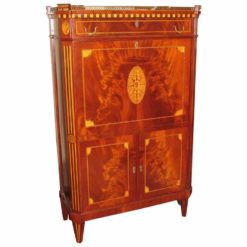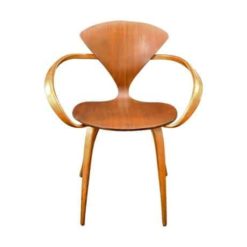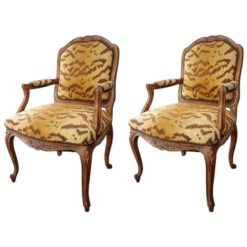Best Sellers
Styylish History
The History of the Armoire
The Armoire Through History
Armoire, wardrobe, chest of drawers — whatever you call it, the dresser is a staple in homes around the world.
Armoire stems from the late-12th century Old French word armarie. That originated from the Latin word armarium, or a place to store things.
14th-century England used the term Ambry for a storeroom, cupboard, or pantry. When France took the word back 150 years later, armoire became the word we know today.
The shift from weapons to clothing storage was gradual and took place over centuries.
Now, armoires are large, two-door cabinets with shelves, space for hanging, and occasionally containing drawers. They are usually very decorated and also movable.
Armoires of the Medieval and Gothic Periods
Before built-in cupboards or closets, the wealthy used armoires for storing personal belongings such as linens, clothing, tools, or weapons.
Medieval wardrobes were called presses. Like later models, early prototypes were made out of oak, and had shelving for extra storage.
Eventually, furniture makers added drawers and doors to the press. These first armoires were huge, heavy pieces of furniture. Since they lacked feet, they sat directly on the floor.
Some armoires featured decorative sculpting, painted interiors and exteriors, and detailed hardware.
An iconic example of French Gothic furniture is a 13th-century armoire, now preserved in the treasury of Noyon Cathedral.
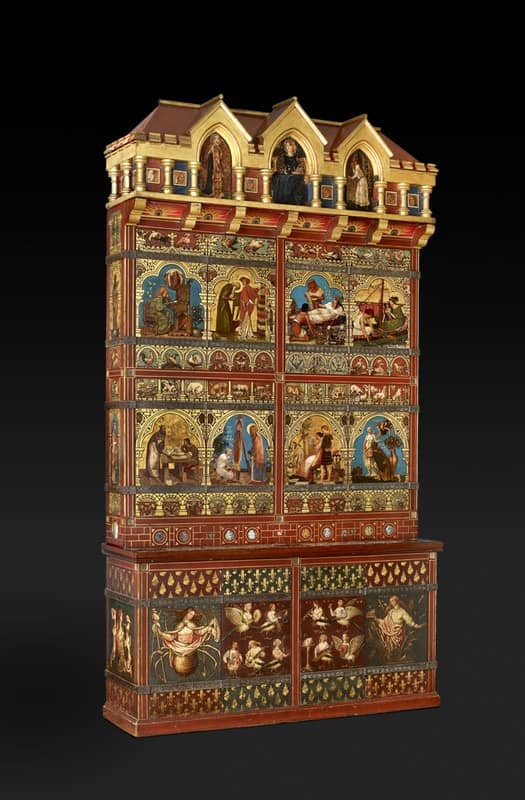
The Armoire During the Renaissance
During the Renaissance, armoires became lighter, slimmer, taller, and had space for hanging clothes.
French royalty often displayed painted and embossed armoires as beautiful masterpieces in their castles.
Italian Renaissance furniture dominated. French craftsmen took aspects of Italian design and modified them, creating a uniquely French style.
Carvings depicting goddesses, flora, eagles, sirens, and other classical motifs adorned armoires.
Other decorative elements emerged as well, including capitals with floral forms, sculpted shapes, dolphins, and flat friezes.
Armoires had four doors separated by columns illustrating carved figures. Some artisans added recesses which exhibited statuettes that highlighted the furniture’s structural quality.
Over time, ornate carvings replaced painted facades. Less affluent owners had less elegant armoires with modest hardware.
At the end of the 16th century, furniture makers used ivory, shells, mother-of-pearl, jewels, and imported woods decorated.
Additionally, designers used bronze, gold, silver, and tortoiseshell extensively. They also began to craft entire pieces from ebony, initially saved exclusively for marquetry.
During Louis XIII’s reign, scroll and shell sculptings were popular. Damascening, the method of inlaying gold and silver in iron, was also favored among furniture makers and buyers.
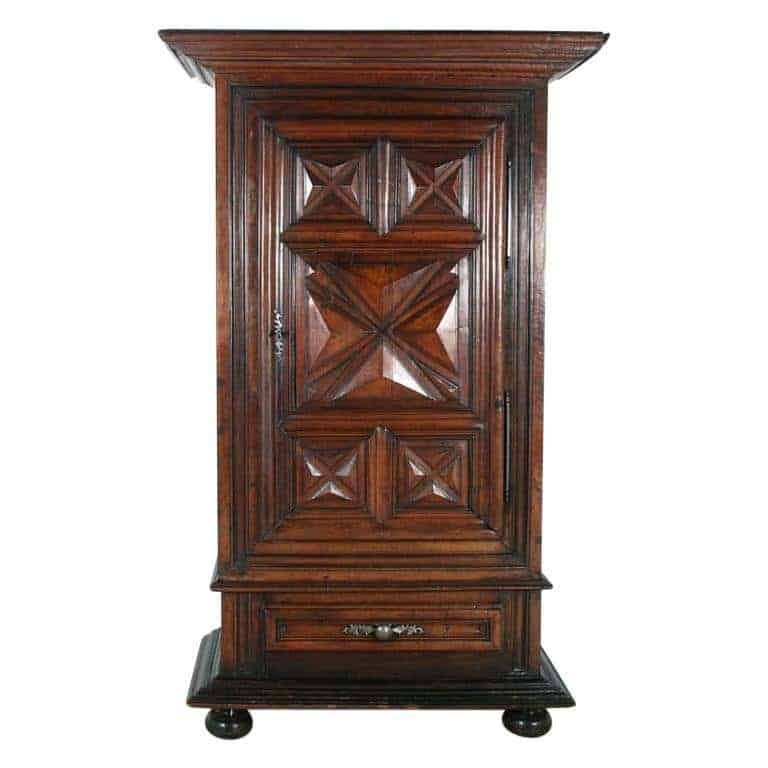
The Armoire in the 17th and 18th Centuries
One of the first groups to store clothes in armoires were French royals. Their lavish attire separated them from the working class.
Around the 17th century, nobles built large rooms with closets to hang their expensive garments and avoid ruining costly clothes.
Soon, freestanding cupboards with hanging room and shelves for folded clothes emerged. These new wardrobes were tall, wide, and had two doors for easy access.
These new closets contained bars to hang outfits and occasionally drawers for additional storage neatly.
Early French armoirs were measured using men of diminutive size. If it held eight small men, the armoire was the correct size.
French aristocrats didn’t just affect the armoire’s purpose and configuration; they also coined the term and inspired various styles.
Many pieces were made of oak, but a shortage of hardwood in Europe made it costly. So people turned to American colonies for affordable woods.
While walnut furniture was typical, wardrobes made of this timber were not. However, it was not uncommon for craftsmen to make walnut armoires.
Now, armoires come in an assortment of designs and materials for any taste.
As traditional Country French furniture grew prevalent, so did the use of native woods. And while some designs were less ornate, some imitated formal court pieces.
For the most part, armoires remained remarkably imposing and were often the most prized piece in the home.
Louis XIV
French monarchs’ influence on furniture style remains. Armoires’ classic designs arose from Andre-Charles Boulle, who designed elaborate armoirs for Louis XIV.
Grandeur and luxury typify Louis XIV furniture, and the armoire is no exception. Boulle used techniques like ormolu and was the first to use tortoiseshell and brass marquetry.
Sinuous feet and panels embellished with Boulle marquetry were standard features. Common materials included oak, walnut, chestnut, ebony, rosewood, sandalwood, or tulipwood.
Gilding, carving, onyx, lapis lazuli, and more enhanced the rich timbers used for construction. Boulle and others often included bronze mounts of deities or emblems depicting religious scenery.
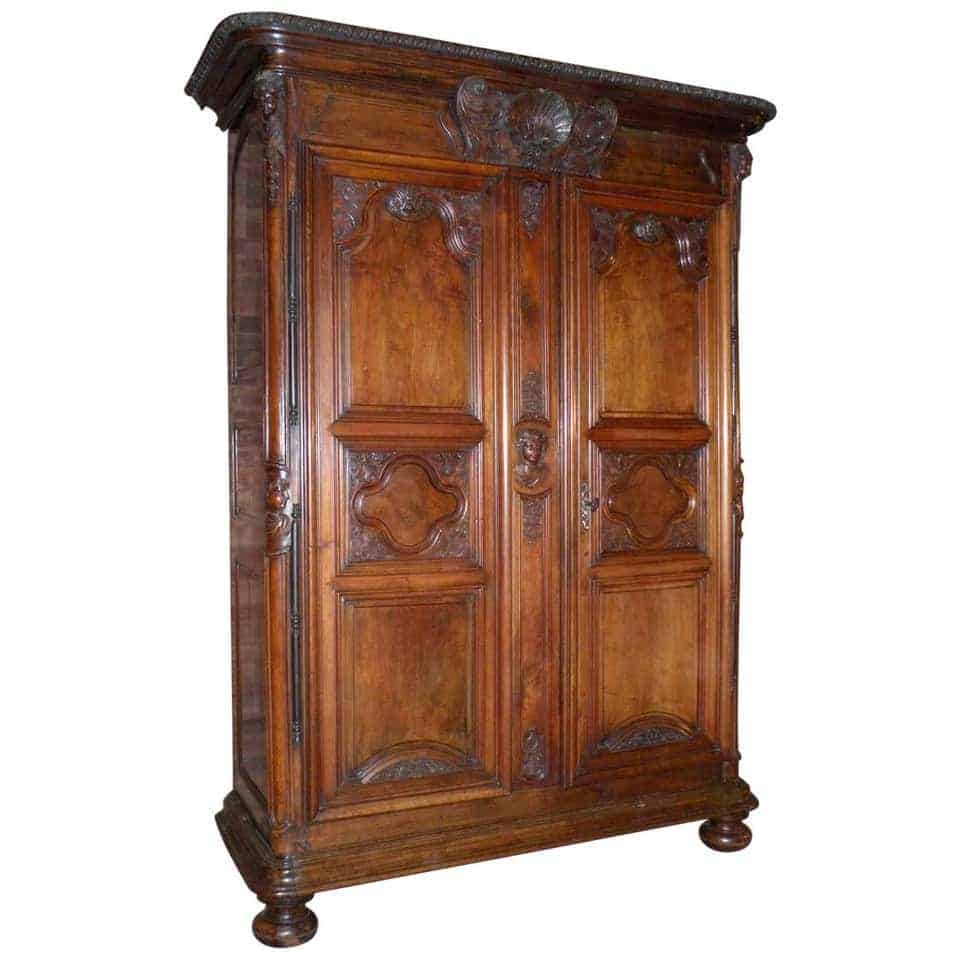
Louis XV Armoires
Cabinetmakers used mahogany, cherry, and other woods that they then painted and gilded.
While marquetry was not as typical, the Louis XV armoire sometimes featured tulip, rosewood, maple, and amaranth inlay. Doors and panels were typically veneered, with diagonal wood grain.
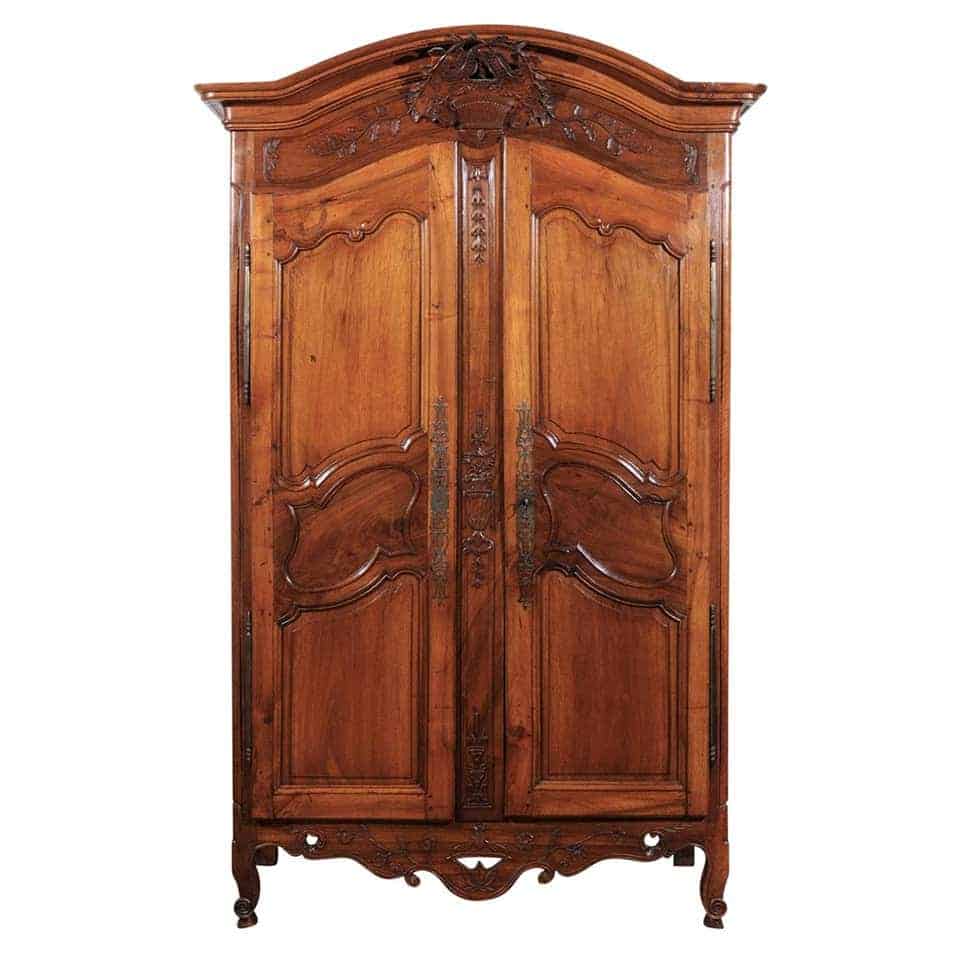
Louis XVI Armoire
Riesener, who also crafted furniture during Louis XV’s rule, was highly influential during the Louis XVI period.
During this time, Risener and others used motifs such as musical instruments, the Cupid’s bow, bouquets, flora, wreaths, etc.
Mahogany was one of the most popular woods, but oak and walnut were also common. Ormolu mounts and tulip, rose, pear, holly, and ebony inlay stayed favorites among designers.
While marquetry wwas fashionable, cabinetmakers focused on the wood beneath the decoration.
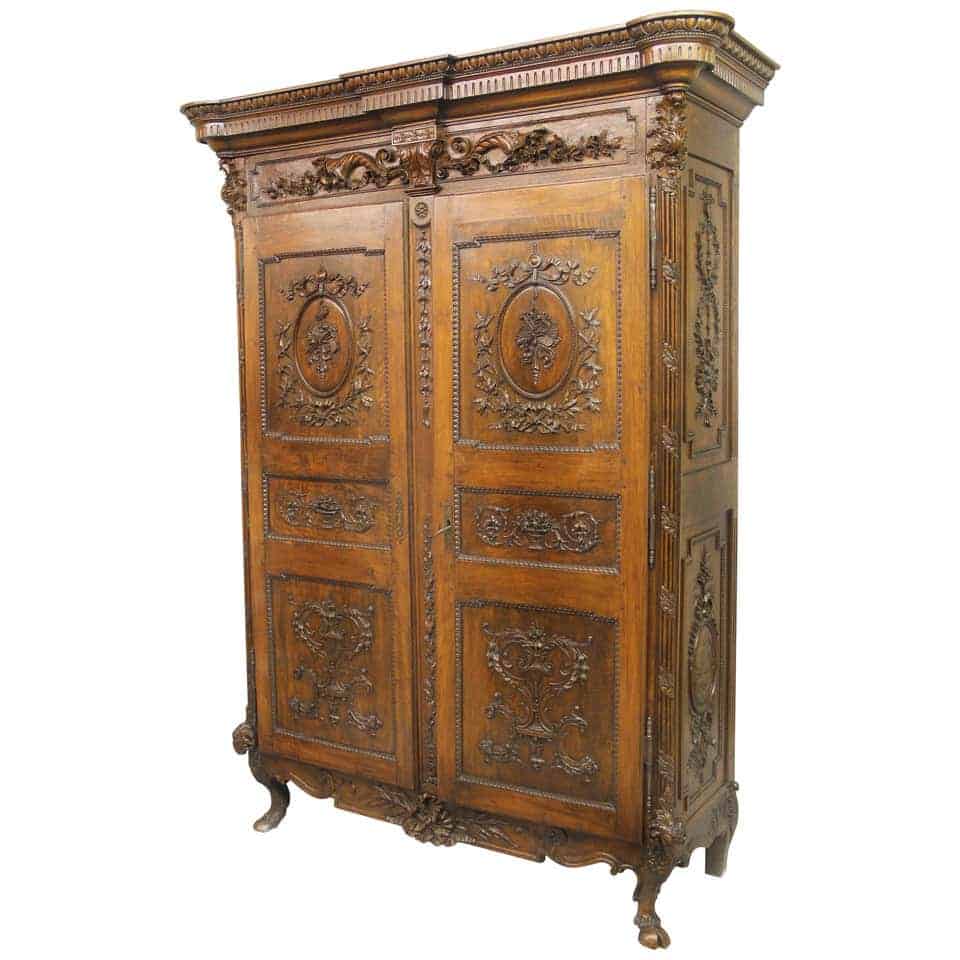
Empire Style
Solid and veneered mahogany was the primary material for armoires and other Empire style furniture. Although marquetry fell out of style some pieces still featured some carving.
For the most part, decorations included fine brass, bronze, gilt, and ormolu settings, which emphasized the wood’s natural beauty. The decoration of the Empire armoire directly displayed the power and authority of the Emperor.
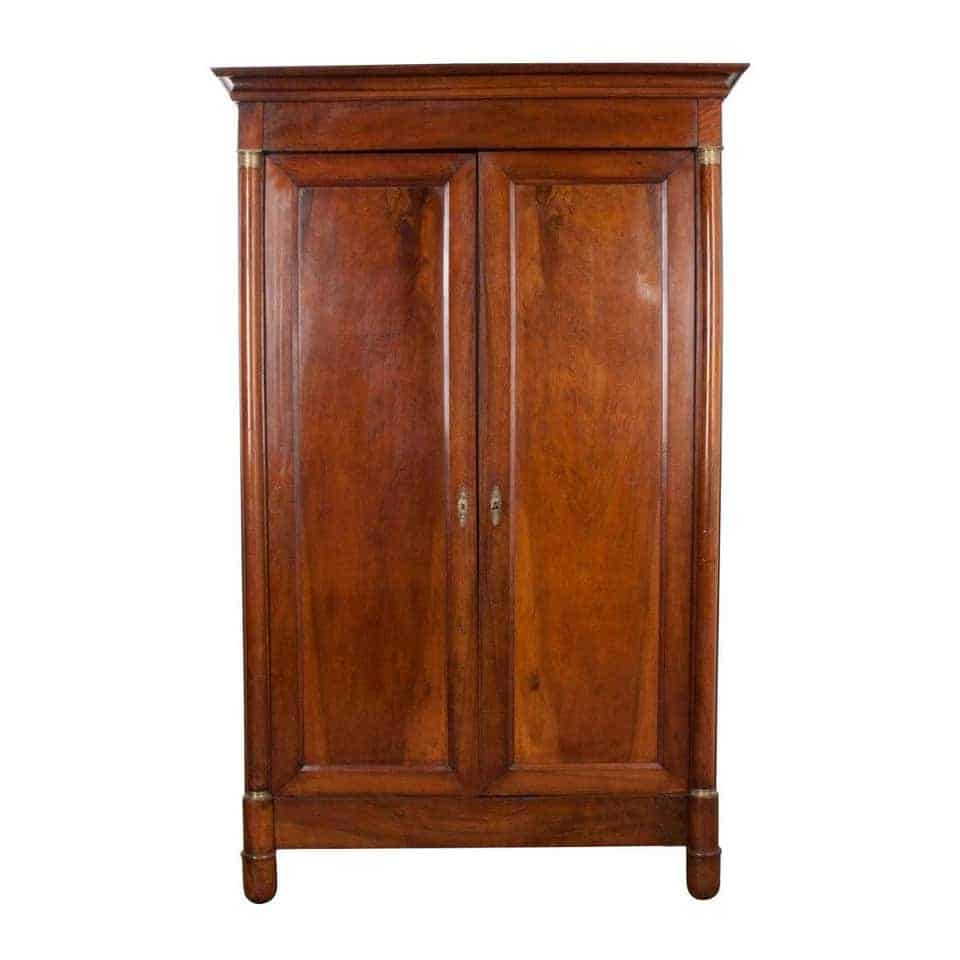
The 19th-Century Armoire
19th-century armoires became similar in appearance to their modern counterparts.
Cabinetmakers added floating cabinets to the sides, above the middle section, and drawers at the bottom of the pice.
Typical 19th-century armoires were crafted out of mahogany. As rare materials became more accessible, armoires grew more elaborate.
Designers from this period, such as Chippendale, Sheraton, and Hepplewhite, used luxurious timbers and created beautiful, finely polished contrast.
One of the most significant design changes to the armoire during this time was the placement of the central doors.
Previously, doors covered just the top section. During the 19th century, they enclosed the whole front of the armoire. These hid drawers and shelves and fixed with large mirrors.
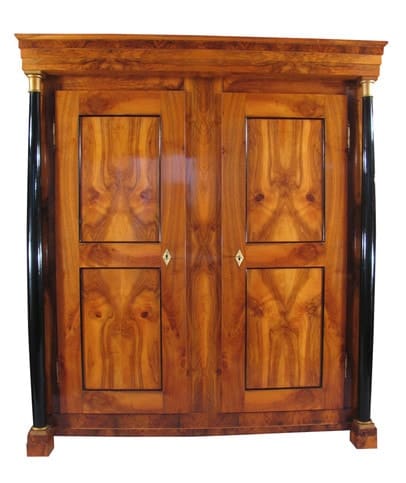
The Modern Armoire

Modern wardrobes feature three partitions accompanied by two narrow sections, shelves, and a central place for fastening pegs or drawers.
Over time, armoires became even more versatile. They were popularly used as entertainment centers to neatly conceal TVs and speakers, or in the home office for the computer.
Today, new technology like flat screens and laptops require less storage space. As a result, armoires have become less prominent.
But people don’t just appreciate armoires for their storage. Their large size creates a beautiful focal point that adds personality and style to any room. The additional storage is just a bonus.
Styylish
Visit the Shop to find your new favorite piece of furniture.
Check out the Blog for more antique furniture history, style tips, and more!
Sources
- Abbas, Abe. “Armoires Reach Across the Centuries.” The Spruce, The Spruce, 13 Aug. 2019, https://tinyurl.com/uyqxtny.
- Dollar, Allison. “Armoire History.” A&M Home Furnishings, A&M Home Furnishings, 1 Dec. 2016, https://tinyurl.com/w96n332.
- “French Armoire.” French Armoire – A Short History, From Gothic to the Empire Period, https://tinyurl.com/tph38az.
- The Editors of Encyclopaedia Britannica. “Armoire.” Encyclopædia Britannica, Encyclopædia Britannica, Inc., 15 July 2019, https://tinyurl.com/sb4s7ww.
- “Wardrobe.” Wikipedia, Wikimedia Foundation, 25 Dec. 2019, https://tinyurl.com/toz8rlf.

